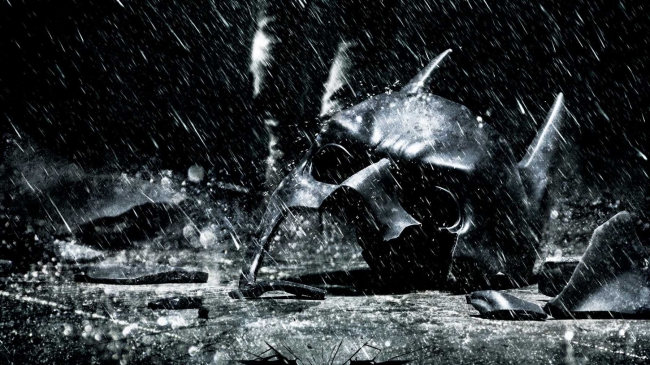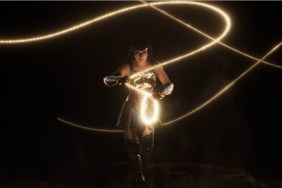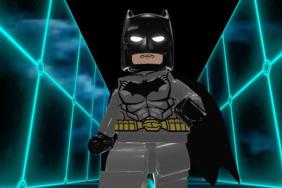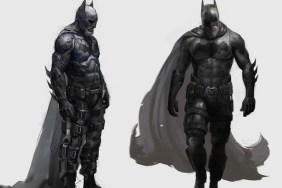Apart from a critically-panned 2005 tie-in, there were no major AAA game releases that tied into Christopher Nolan’s celebrated Dark Knight Trilogy. Evidently, the Batman Begins tie-in played a major role in this. However, there were plans to capitalize on both Nolan’s success and that of Rocksteady’s emerging Batman: Arkham franchise. Interestingly, Monolith Productions spent quite a long time developing a Batman title that would do just that. After the project was cast aside, the ideas and technology that fueled it eventually morphed into another Monolith title: 2014’s Middle-earth: Shadow of Mordor.
Monolith’s original Batman plans came on the heels of success from F.E.A.R (2005) and F.E.A.R 2 (2009), after the studio’s acquisition by Warner Bros. in 2004. Once the horror sequel launched, the studio wanted to try something new, preferably from a WB-owned IP. The team had its eyes on two properities in particular–Batman and Lord of the Rings. It appears the Bat was first up, with a game codenamed Project Apollo. This may sound like a forgotten Justice League: Task Force story from the ’90s, but it’s far from it. Project Apollo was supposed to be set in the Nolan universe, and directly tie into the third film, 2012’s The Dark Knight Rises.
Obviously, it didn’t get off the ground. The problem? Nolan never gave his blessing. Why is a mystery. However, according to DidYouKnowGaming on YouTube, which spoke with former developers on the project, the team was of two minds about Nolan’s disinterest. For one, the filmmaker simply wanted to focus on TDKR. Other ex-developers posit the Batman Begins tie-in, which the director signed off on, left a bad taste in his mouth, as did the cancelled The Dark Knight-inspired game from EA’s Pandemic Studios.
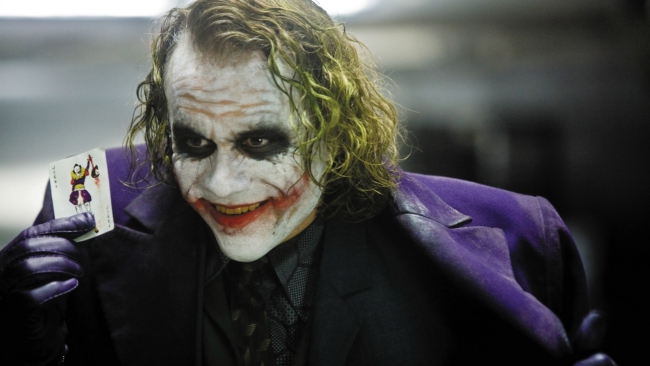
Regardless of Nolan’s failure to return its calls, Monolith kept production on Project Apollo going for 18 months. Much of this time was spent retrofitting LithTech Engine from F.E.A.R 2 into something that could produce an open-world experience. It was initially prototyped with “linear story-driven missions plotted around an open-world players were free to explore.” Unsurprisingly, one former developer told DidYouKnowGaming that Marvel’s Spider-Man from Insomniac mirrored Monolith’s plans for Project Apollo.
Despite the studio’s intentions, there was still plenty of uncertainty concerning the title’s direction. Such lack of clarity most notably stemmed from uncertainty concerning whether Nolan’s films would indeed be used as a template. Again, this didn’t stop production from pressing on in hopes the filmmaker would eventually give his blessing. In fact, a mockup for the Tumbler Batmobile was designed with a 3D model, though it was never fully implemented into Project Apollo. Had the game seen the light of day, players would’ve been able to use it freely in an open-world Gotham City.
Production lasted through mid-2011, with Monolith wanting to retrofit the project into an original Batman game. Unfortunately, Rocksteady’s success with Arkham meant WB had little room in its portfolio for another original Batman interactive experience. Thus, slowly, Shadow of Mordor was born.
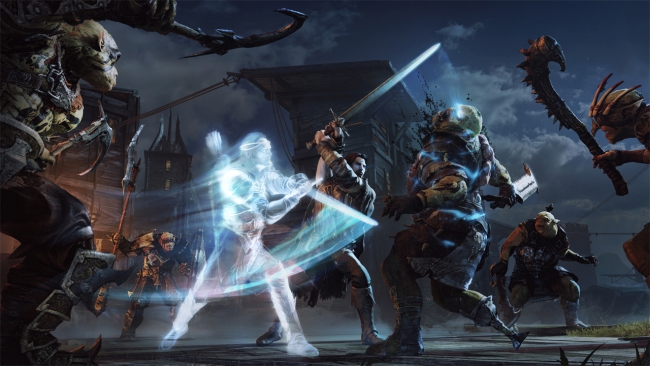
Shadow of Mordor shares DNA with two Monolith prototypes, Project Apollo and Project Hydra, the latter of which is the studio’s first foray into Lord of the Rings. Project Hydra began in 2010 as a linear, story-driven co-op experience starring an Elf assassin and Dwarven hunter. WB passed on the project. One former developer claimed, like Project Apollo, it lacked direction. Another suggested WB didn’t believe in the profitability of co-op titles. Still, another ex-developer said the publisher wasn’t sure whether two fantasy races could prove marketable enough.
Therefore, Shadow of Mordor had to tick all of the boxes. Linearity was abandoned in favor of an open-world, and a human starred as the title’s single lead. Early on, the game utilized much of the tech from the Batman game, such as the modified LithTech Engine.
Combat was also supposedly adopted from Project Apollo. Interestingly, one artist claimed an early Shadow of Mordor prototype featured a model of the Caped Crusader battling enemies with a sword. The technology that randomizes orcs was built from tech once meant to randomize enemy thugs the Bat would fight. Taunting from the orcs and protagonist based on previous encounters also evolved from Monolith’s abandoned Batman title.
For a full breakdown of everything, be sure to check out DidYouKnowGaming’s deep dive video into this extraordinary story, complete with protype footage and concept art:
[Source: DidYouKnowGaming on YouTube]
